Storm Erin may fuel wildfire flames in Atlantic Canada more intensive
As Hurricane Erin churns through the Atlantic, regions of Atlantic Canada battling wildfires are bracing for an unexpected and potentially dangerous escalation.
Authorities warn that the storm, while not making direct landfall, could complicate containment efforts for the Long Lake wildfire and others by ushering in gusty winds, atmospheric instability, and dry air.
National and provincial forestry officials in Nova Scotia have already mobilized preemptive measures. Crews are working swiftly to secure fire lines and protect vulnerable areas in the sights of anticipated wind shifts and storm-driven atmospheric changes.
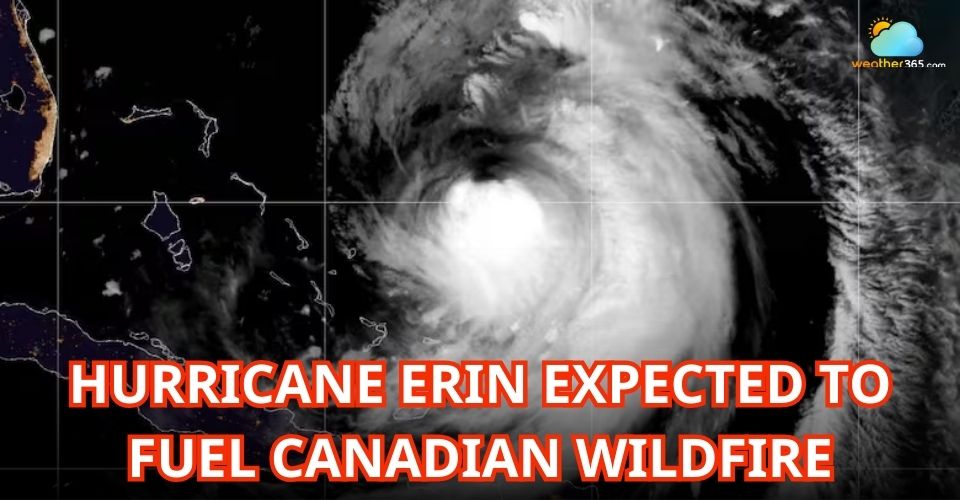
Hurricane Erin expected to fuel Canadian wildfres
Hurricane Erin impacts Canadian wildfire
Though Hurricane Erin remains offshore, its expansive influence is being closely monitored for several key factors expected to impact wildfire dynamics:
-
Stronger Winds & Wind Shifts: Erin’s periphery is poised to sweep gusts across the region. Such winds can drive fires into new territory, pushing embers ahead of fire fronts and making containment far more precarious.
-
Dry Air Intrusion: Hurricanes often draw in dry subsiding air from aloft, which can lower humidity near the surface—an ideal condition for fires to intensify rapidly.
-
Logistical Challenges: Bad weather can impede aerial firefighting operations—ground crews may find it harder to resupply, communicate, or even navigate.
These risks are particularly pressing in places like Long Lake, where officials have already been stretched thin battling flames under highly volatile conditions.
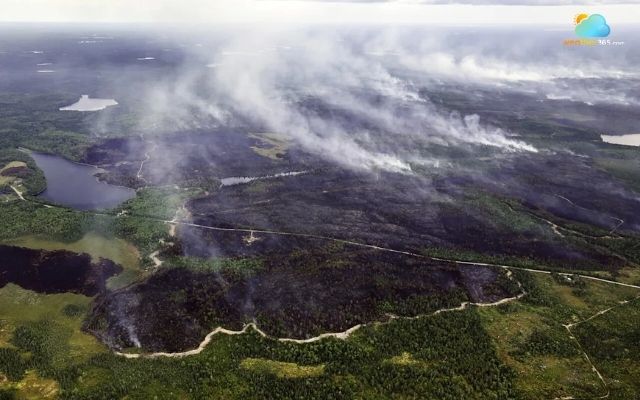
Erin brings strong winds to Atlantic Canada
Emergency & Preparedness Actions Underway
Faced with the dual threat of wildfires and an approaching hurricane, officials are pulling out all the stops:
-
Pre-positioning Resources: Additional firefighting personnel, equipment, and aerial support are being deployed to high-risk zones.
-
Public Safety Measures: Evacuation plans are being revisited, and warnings are being issued to communities at the edge of the Long Lake fire.
-
Monitoring & Coordination: Meteorologists and fire specialists are collaborating closely to provide real-time data, forecasts, and contingency planning.
Canada’s Shifting Wildfire Landscape
The Long Lake fire is only one part of a much broader—and alarming—trend across the nation. According to The Guardian, 2025 is shaping up to be Canada’s second-worst wildfire season on record, with unprecedented activity spreading beyond the traditional hotspot of western provinces into prairie and Atlantic regions such as Newfoundland and Labrador and Nova Scotia
As temperatures rise and drought conditions deepen, longstanding fire patterns are being upended. Experts underscore that this is the “new reality”—wildfire threats are becoming more pervasive, more unpredictable, and demand a nationwide, adaptive response

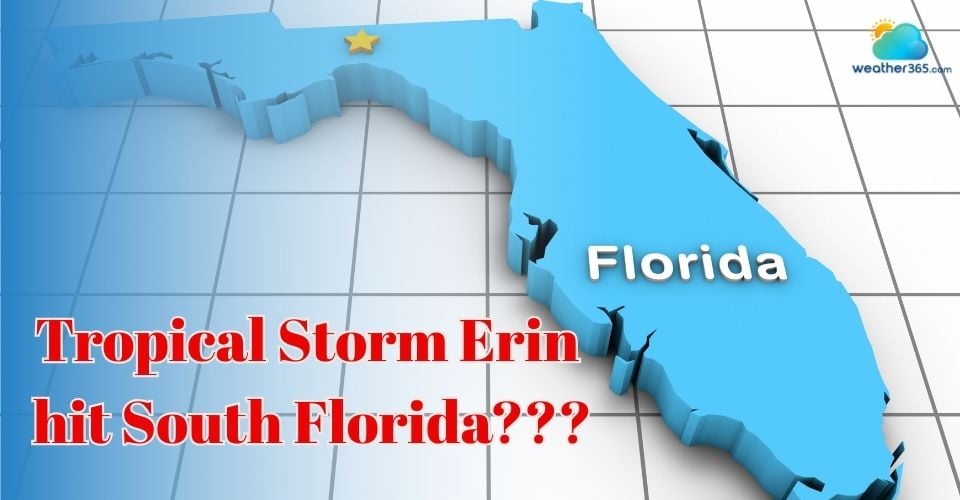
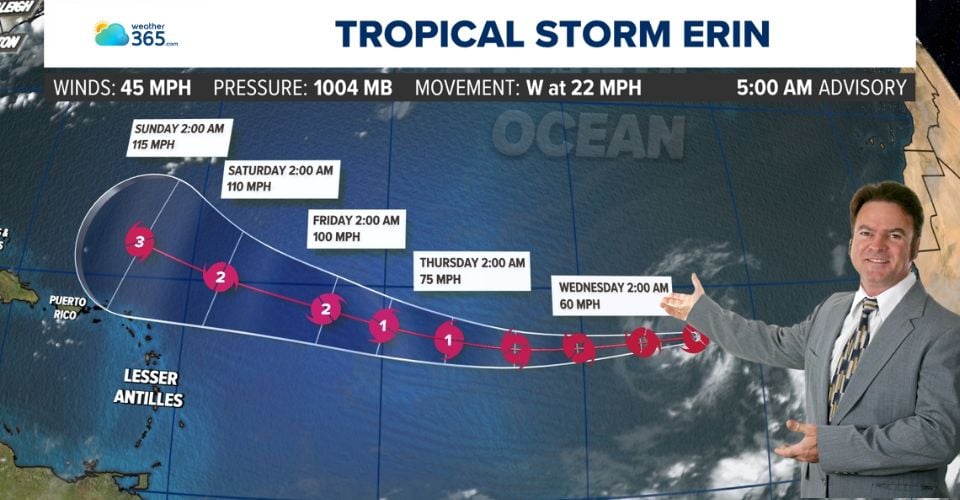
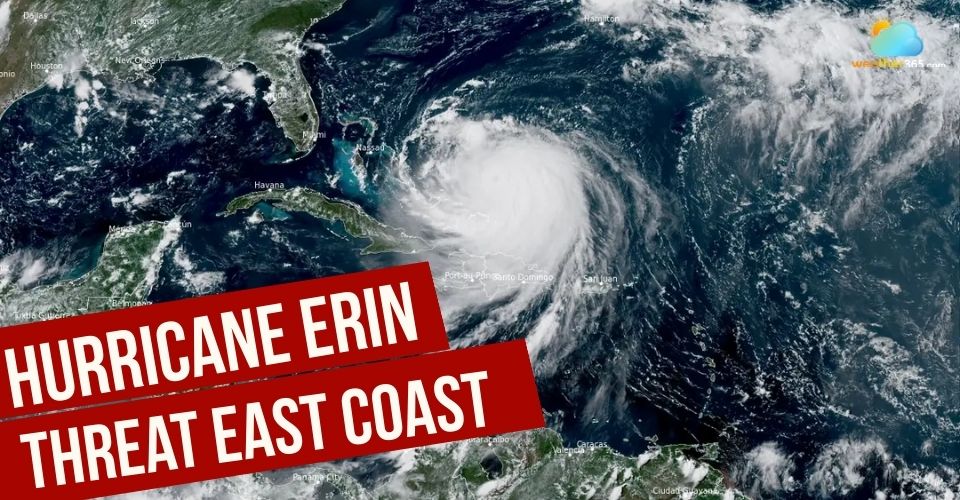
0 Comment
Leave a comment
Your email address will not be published. Required fields are marked *